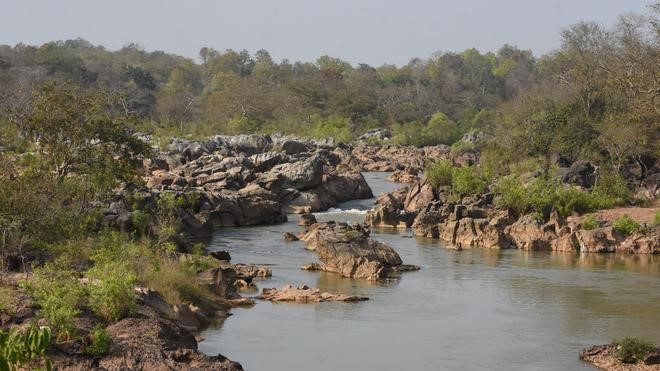
Biodiversity Heritage Site (BHS)

15.02.2024
Biodiversity Heritage Site (BHS) , Daily Current Affairs , RACE IAS : Best IAS Coaching in Lucknow
|
For the Prelims:Key facts about the Gupteswar forest,About Biodiversity Heritage Site,Who can declare BHS? |
Why in the news?
Recently, the Odisha government declared the Gupteswar forest in Koraput district as its fourth Biodiversity Heritage Site (BHS).
Key facts about the Gupteswar forest
- The forest is adjacent to the Gupteswar Shiva temple in the Dhondrakhol reserve forest under the Jeypore forest division.
- Earlier, the State government had declared Mandasaru in Kandhamal district, Mahendragiri in Gajpati, and Gandhamardan in Bargarh and Bolangir districts as Biodiversity Heritage Sites.
- The Gupteswar forest site spread over 350 hectares of area is having sacred grooves traditionally worshiped by the local community and bestowed with a wide range of flora and fauna.
- The site has 608 faunal species including 28 species of mammals, 188 species of birds, 18 species of amphibia, 48 species of reptiles, 45 species of pisces, 141 species of butterflies, 43 species of moths, 30 species of spiders, six species of scorpion, and 20 species of lower invertebrates.
- “Significant faunal species such as mugger, kanger valley rock gecko, sacred grove bush frog, and avifauna like black baza, Jerdon’s baza, Malabar trogon, common hill myna, white-bellied woodpecker, and banded bay cuckoo have also been documented.
- The limestone caves of Gupteswar boast of eight species of bats out of the total 16 species found in southern Odisha.
- “This site also has a rich floral diversity, including 182 species of trees, 76 species of shrubs, 177 species of herbs, 69 species of climbers, 14 species of orchids and threatened medicinal plants such as Indian trumpet tree, Indian snake root, Cumbi gum tree, garlic pear tree, Chinese fever vine, Rohituka tree, Jodpakli, Indian jointfir, a number of wild crop relatives of ginger and turmeric.
About Biodiversity Heritage Site:
- These are areas that are unique, ecologically fragile ecosystems having rich biodiversity comprising of any one or more of the components such as;
○species richness, high endemism, presence of rare, endemic and threatened species, keystone species, species of evolutionary significance, wild ancestors of domestic/cultivated species or landraces or their varieties, past pre-eminence of biological components represented by fossil beds and having cultural or aesthetic values.
Who can declare BHS?
- Under the Biological Diversity Act, the State Governments are empowered to notify in the official gazette, in consultation with ‘local bodies’, areas of biodiversity importance as Biodiversity Heritage Sites.
- Also, the State Government in consultation with the Central Government may frame rules for the management and conservation of BHS.
- The State Governments are empowered to frame schemes for compensating or rehabilitating any person or section of people economically affected by such notification.
- Importance of Biological Diversity Heritage Sites: Biodiversity is closely linked to ecological security.
○Loss of biodiversity and bioresources show an increasing trend mainly due to human activities. Therefore, it is necessary to instil and nurture conservation ethics in the community.
Source:The Hindu